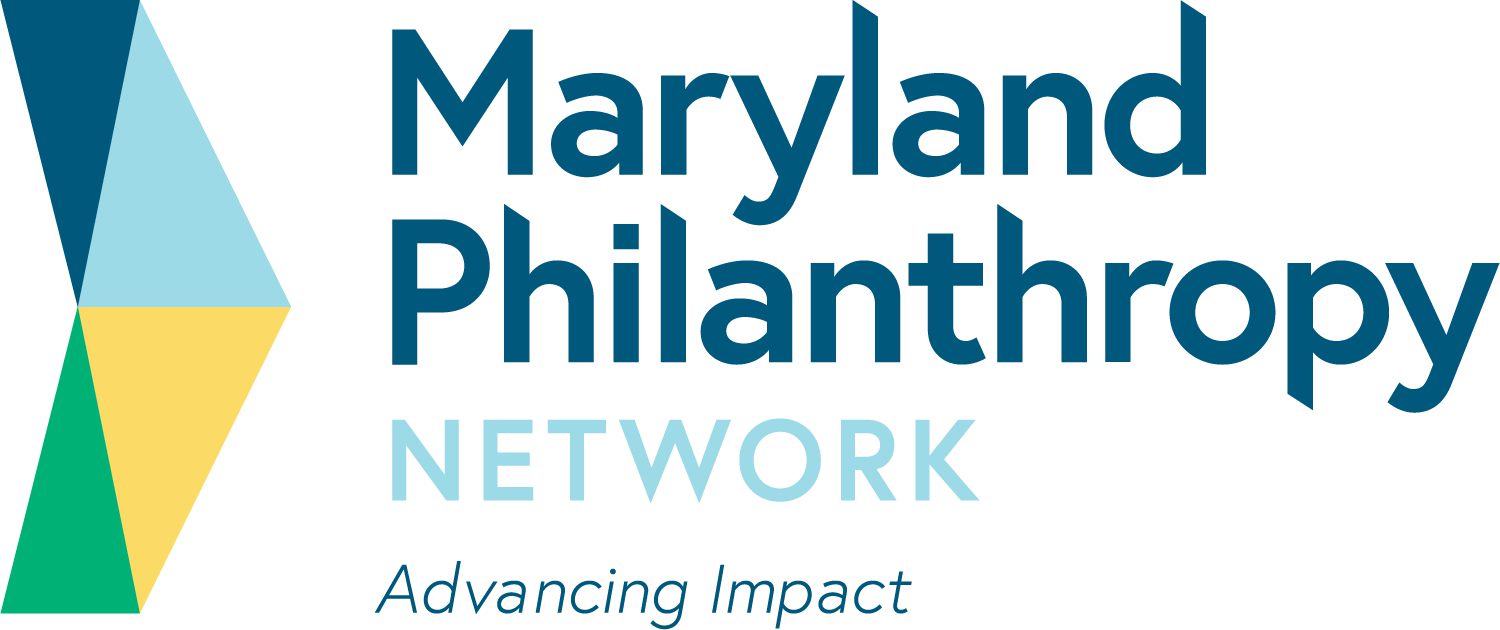LIVING THE NONPROFIT LEADERSHIP TRANSITION
Seems to me that the much-anticipated leadership transition for nonprofit organizations is now occurring.
Maybe it is reality or just my perception, since I recently announced that after 25 years I will step down as president of the Maryland Philanthropy Network by the end of 2012. I look around and see that in the past year or so, others have made similar decisions.
I recall a 2001 study that forecast significant nonprofit leadership changes in the coming years. At that time, the conversation was about how difficult the role of an executive director was and whether there were talented, prepared individuals ready and willing to replace these leaders.
People who become executive directors often set out to make the world a better place. Along the way, they meet some significant challenges:
- Raising hundreds of thousands of dollars every year in an increasingly competitive funding environment;
- Dealing with increasingly complex government regulations and accounting;
- Hiring and managing employees;
- Fostering positive board relations and engagement;
- Being the public face of their cause and organization.
And they do all this on a relatively modest salary.
Formidable challenges
Fast forward to 2012 and these challenges remain as formidable, if not more so.
So what happened to delay this leadership change? Clearly, the recession set back retirement plans for many. What had been economically feasible no longer was.
I think there is another reason, though. For many of my generation of leaders, the position and work has been entwined with who we are and what we believe in.
Rather than an easy goodbye, it has turned into a slower process of letting go and identifying what new opportunities lie before us. Or, at least, that is my story.
I do see one major difference for the next generation of leaders. They are inheriting organizations that are more mature and require someone who has the expertise from the start to be a capable leader.
Maryland Philanthropy Network and I grew up together. The organization’s growth was organic, and I was able to grow with it. The organization that the new president will lead resembles in mission and purpose to the one I joined part-time in 1986, but the complexity and necessary skills for its leader are vastly different.
Great expectations
I feel great excitement looking at the next generation of nonprofit leaders. I see many young people drawn to serve, perhaps because of decreasing opportunities in the for-profit sector, disillusionment with Wall Street, or maybe, like my generation, because they are invested in making their neighborhood, if not their world, a better place.
These are energized, competent, talented young people. The challenges of being a CEO of a nonprofit are real. But, I feel confident that should these energetic young people choose a leadership path, they will bring with them the requisite commitment and skill set to meet the challenge.
We sometimes like to think we are irreplaceable. In reality, having someone with a new perspective can be a healthy step for an organization.
In the meanwhile, there are still many things I want to accomplish while I complete my tenure at Maryland Philanthropy Network. So, back to work for me.
FIND MORE BY:

